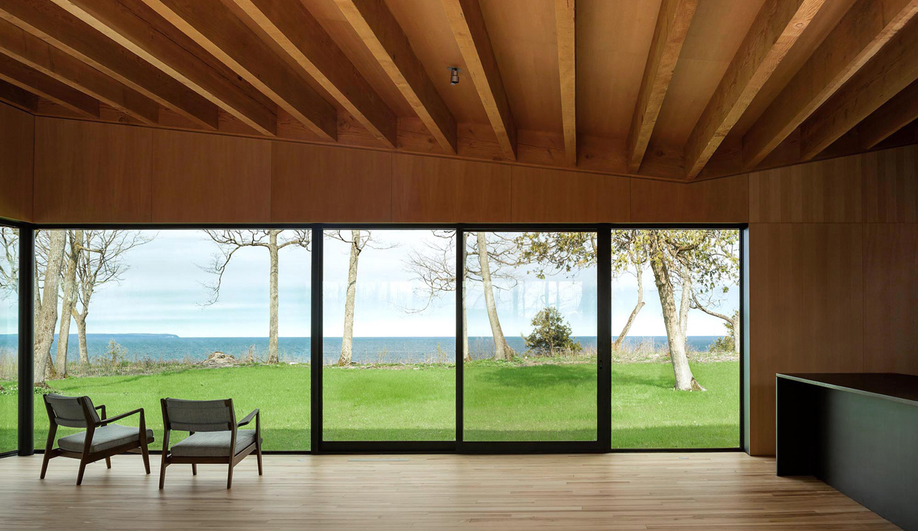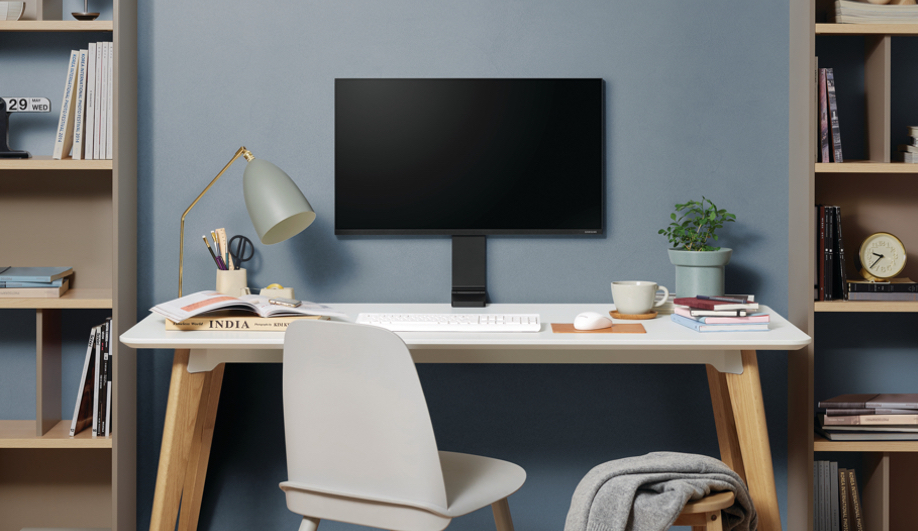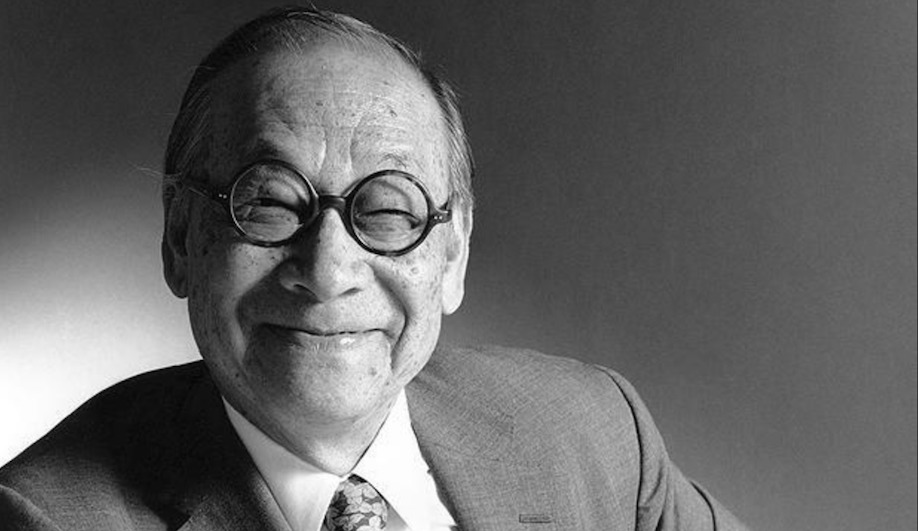The Milan architect and designer discusses what it takes to be a good client, and the importance of steering clear of marketing departments.
Piero Lissoni is one of those extraordinary creative types who moves between mediums with seemingly effortless flow. Yet there appears to be no predetermined strategy, and there is definitely no marketing machine working in the background. An architect by training, the Milan designer has built private villas in Como and luxury hotels in Miami and Istanbul, as well as sailing yachts, including the 50-metre Tribù designed for Luciano Benetton.
Simultaneously, he’s created furniture lines for Kartell, Boffi, Living Divani, Porro, Cappellini and Cassina. He also runs a graphic design studio, Graph.x, for developing corporate brands and industrial design products. In his view, a good client isn’t the one holding the money. At least that’s not their only role. Design requires time, commitment and creativity, and Lissoni expects nothing less from his clients.
Azure: Your career is impressively prolific and varied. How do you keep it all going?
Piero Lissoni: We’re only workers, really. It’s nothing to be too impressed about. Of course we work with incredible levels of activity and we’ve had many good opportunities.
AZ: So, being a good worker is what got you where you are? A lot of designers give equal credit to being playful. Or at least they tend to describe their work as a kind of play.
PL: Yes, that’s true, but you have to think about what attitude you show to people every day. Our attitude is: we are inside a system. I really want to be clear on this point because if you are too poetic you are beating around reality, and the reality is [success comes from] day-to-day work. I’m a little bit German that way. We work within a system and with a lot of responsibilities, and that’s it. Of course, you have to continue to be a child at heart; you have to be happy that every day is a new day. You have to be a cynic too.
AZ: How is your studio set up?
PL: It’s organized like a university. The studio itself is 24/7 and everyone is free to choose what time and when they want to work. When we first work together on a project we don’t design something in a precise way or follow a process. We design the concept initially, and for ourselves. From there we transform that into the project. Concepts are the salt of life.
AZ: Do you see clients as your collaborators?
PL: I don’t design without a client, and I don’t do anything without day-to-day discussions with them. I don’t wake up each day with a fantastic idea and convince a client to spend lots of money on that idea. This is completely not true in my experience. For me, the best projects require constant discussion.
AZ: I’m sure there are companies with lots of money who don’t make good clients. Can you make them good?
PL: No, I think clients make me great. Without a good client, we are a nonexistent entity. It’s possible to be a good client but work with the wrong architect, but I can’t make a client good. If it were a cocktail, I think the best mix would be 60 per cent client; 40 per cent architect.
AZ: It sounds as though you work on a very personal level, even when a project is large.
PL: Yes. It’s always like that. When I speak to American clients sometimes they make incredible offers, but then they say I have to talk to the marketing people first. When that happens, I shake their hands and show them the door. I don’t discuss marketing. You first have to believe. If you don’t believe, then choose another architect.
AZ: How do you develop your ideas?
PL: We make lots of mistakes. Mistakes are the secret to life. We throw away nearly 90 per cent of our ideas. Sometimes, you create a prototype, modify it, and modify it again and again, and then we decide okay, it’s not good, and then we have to stop. It’s a very hard decision to stop, because it’s like killing your son or daughter. You have to be brave. You want it to work, but you are sure inside of yourself it’s wrong.
AZ: Mistakes can often lead to better ideas…
PL: Yes, there’s a richness in that process, otherwise you don’t do things differently. I’m positive about that. I remember doing a building once with new technology built right into the concrete, and, of course, it was a disaster. We did some one-to-one scale tests. Aesthetically, it was beautiful, but technically it was a disaster. So we stopped.
AZ: Is there anything you’d like to work on that you haven’t worked on before?
PL: It would be electronics. I find electronics very interesting right now because I see technology as a tool. I’m not a tool; they are tools. But may people don’t understand that. For instance, people ask me why I don’t answer my phone, and I say I don’t answer if I don’t want to. If I do make an electronic device I will put in a special function that will say, “Hey idiot, stop and go home and eat a fantastic dinner or have sex or read a book.” For some reason we have become victims more than users. I don’t download books. I like to turn pages. I was born in another century.
Piero Lissoni spoke with Azure in January at the Interior Design Show, where he was the International Guest of Honour and a speaker at Conversations in Design: Trailblazers and Trendspotters.












